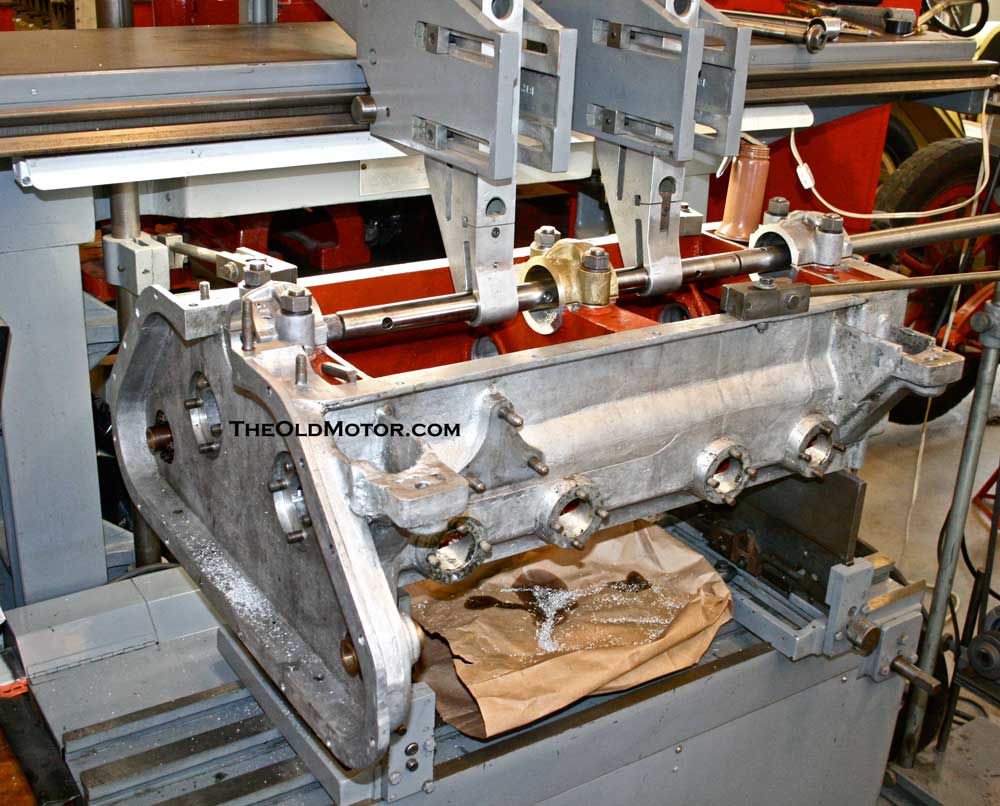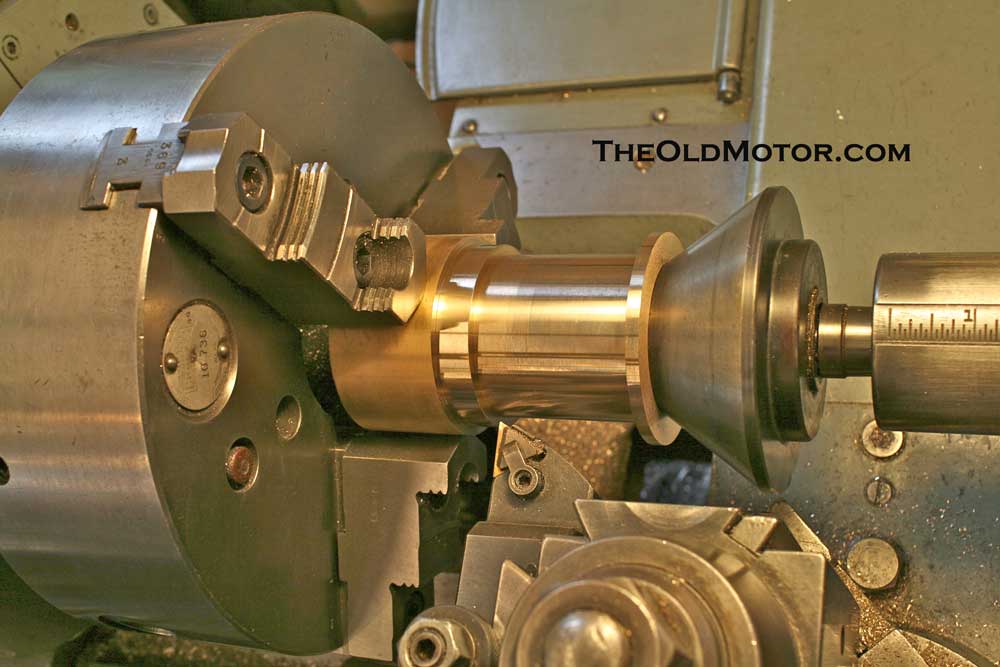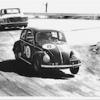Some years ago, as a part of the restoration of my 1923 Peugeot 175, I managed to get Dave Mawer to make a set of four con-rods for its 3 litre engine. It seemed like a good idea to make the new rods to suit a a readily available slipper bearing. In his usual way, Dave asked "how many spare crank-shafts do you have?" As the answer was "none", Dave suggested to use white metal, because it was much 'kinder' to the crank, in the event of a bearing failure. This made sense to me, so that's what was done, along with the main bearings.
That was good advice. Whitemetal ( 'Slipper'; 'shell'; 'insert' ) bearings ARE softer and more tolerant of dirt..with, depending upon the undersize, between .007 and .012 ( approx.) of bearing material, bonded to the steel backing. I once contacted a tech rep from Clevite to ask why they offered whitemetal shell bearings for the 'muscle-car engines and he told me, virtually the same thing, that whitemetal was far easier on the crank journals than the available alternatives..overlay plated copper-lead ( Vandervell used the term..'Lead Indium') and Reticular-Tin Aluminium. he made the point that it was easier and far cheaper, to replace a set of shells, between races, rather than a crankshaft. Later Clevite developed a softer, higher strength material they called 'F-500' which was a copper-lead bearing in which the lead was sintered into the copper bearing surface..as a pretty good compromise between strength and the ability to accept foreign bodies.
If you 'ran' or 'spun' or otherwise damaged a copper-lead bearing, chances were you would be VERY lucky if the crank journal would clean up at .030 or .040 under.........if it would clean up at all.
Neville MILNE
Edited by maoricar, 02 May 2012 - 13:10.
















